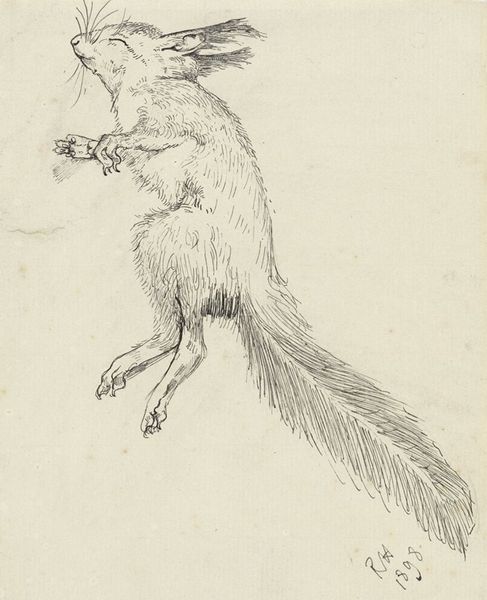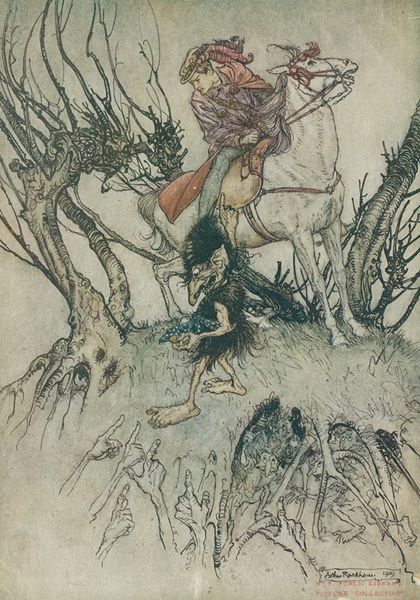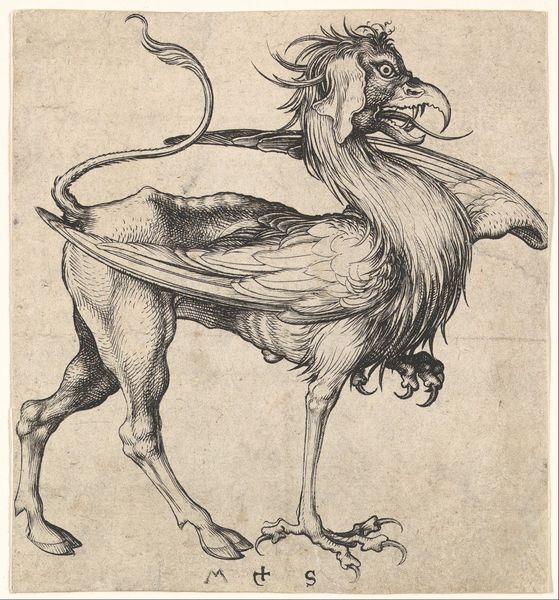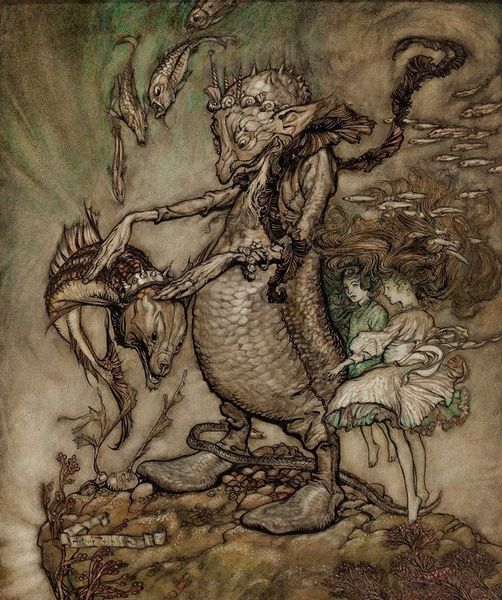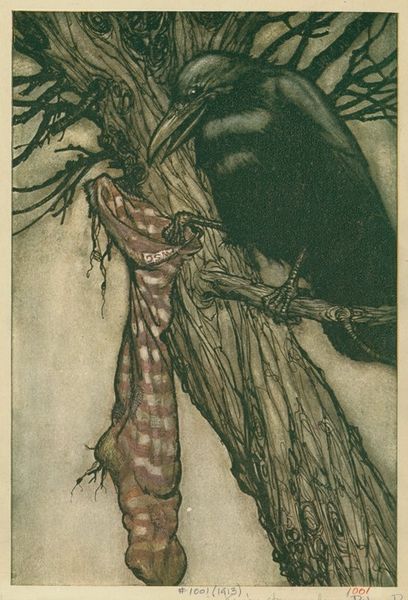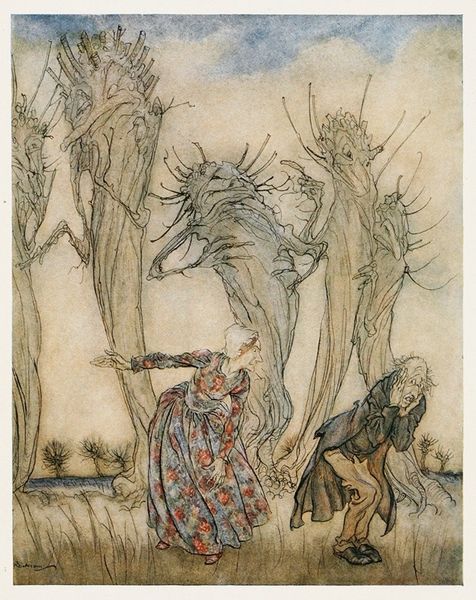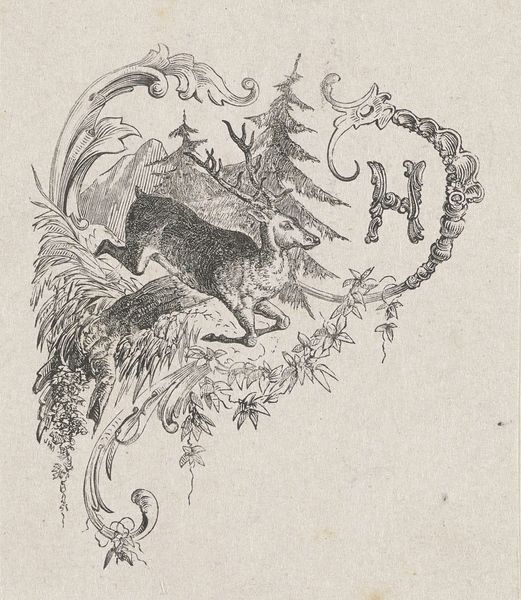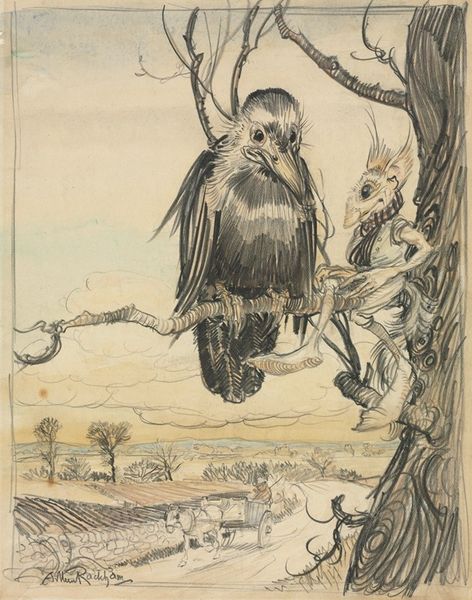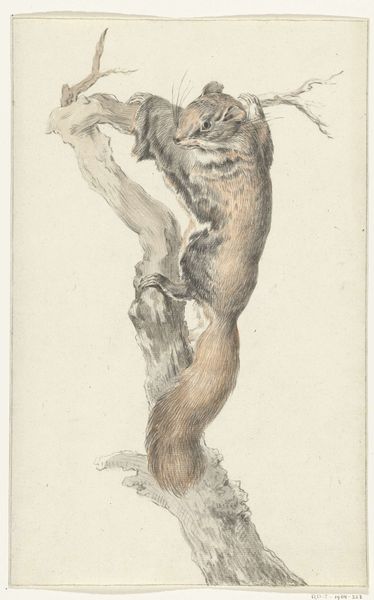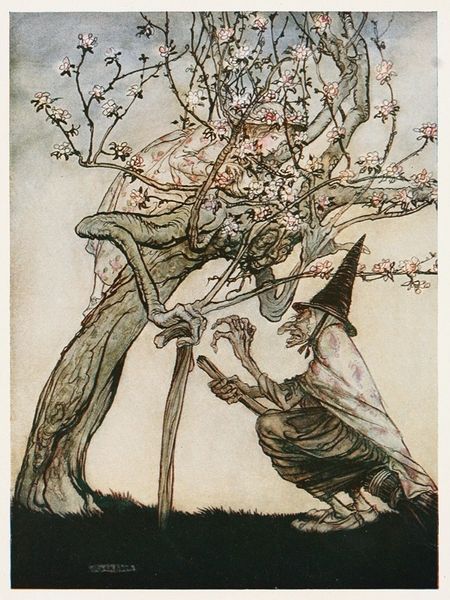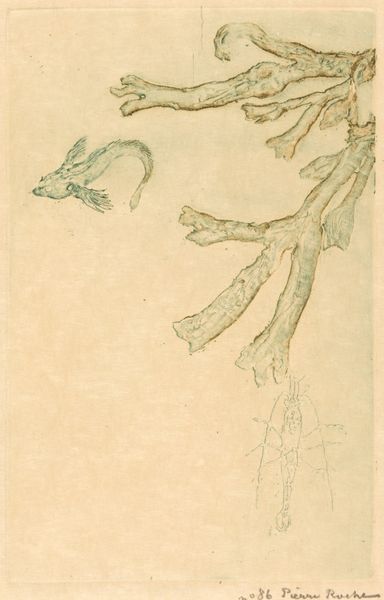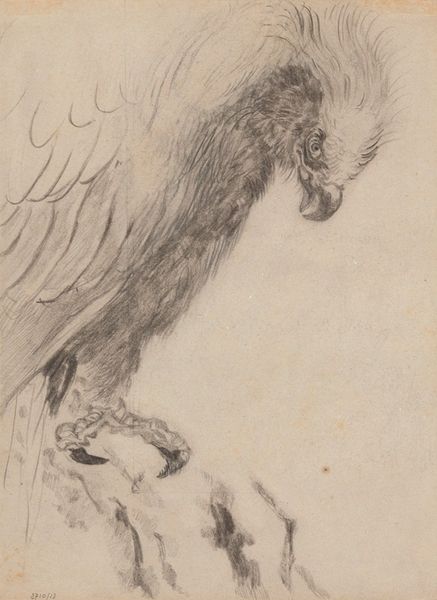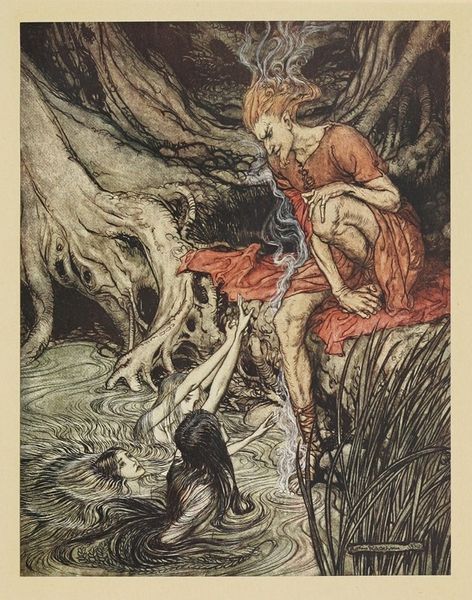
drawing, ink, pen
#
drawing
#
narrative-art
#
fantasy art
#
landscape
#
fantasy-art
#
figuration
#
ink
#
coloured pencil
#
orientalism
#
symbolism
#
pen
Copyright: Public Domain: Artvee
Editor: I find myself captivated by the whimsical and somewhat unsettling atmosphere this artwork evokes. The giant figure feels so imposing. Curator: Indeed. What we're observing is an illustration by Arthur Rackham, titled "A Terrible Fellow, Little Brother and Little Sister," created around 1917. Rackham employed pen, ink, and colored pencil to bring this fairy tale scene to life. Editor: Rackham's style definitely has a foot in symbolism, doesn't it? There is almost a medieval, orientialist rendering in its thematics that seems ripe for broader explorations of power dynamics within social and historical narratives. What does it tell you about the prevailing culture in his time, given his use of illustrative practices? Curator: Certainly. The use of specific materials played a significant role in disseminating visual culture; ink, pen, and colored pencil allowed for mass reproduction of Rackham's work. In focusing on the mode of production, we begin to understand that it has strong ties to social consumption and the broader book-making market. These illustrations were destined for mass consumption within households across the English-speaking world, fundamentally. Editor: And I think that speaks volumes! It suggests an active reinforcement of the day's social and political values, effectively targeting its youthful audience. I am just speculating about its ability to influence cultural narratives by introducing early conceptualizations of the social pecking order. It would be great to think about gender representation in the context of classic fairy tales. Curator: Considering it was initially printed for wide consumption it must, of course, reflect what publishing houses considered consumable in the era, therefore playing a specific role in its economy as a piece of material culture. In some cases the art may even depict this aspect. For example the clothing used or alluded materials could say as much if analyzed more closely. Editor: Fascinating! This image does more than depict a story; it invites a dialogue about its cultural footprint and ongoing implications in the way fairy tales can reflect the reality of how societies construct their identities. Curator: Absolutely, looking at this in a materials-based approach it is clear just how pervasive his illustrations could become! Editor: Food for thought about cultural consumption, right?
Comments
No comments
Be the first to comment and join the conversation on the ultimate creative platform.
